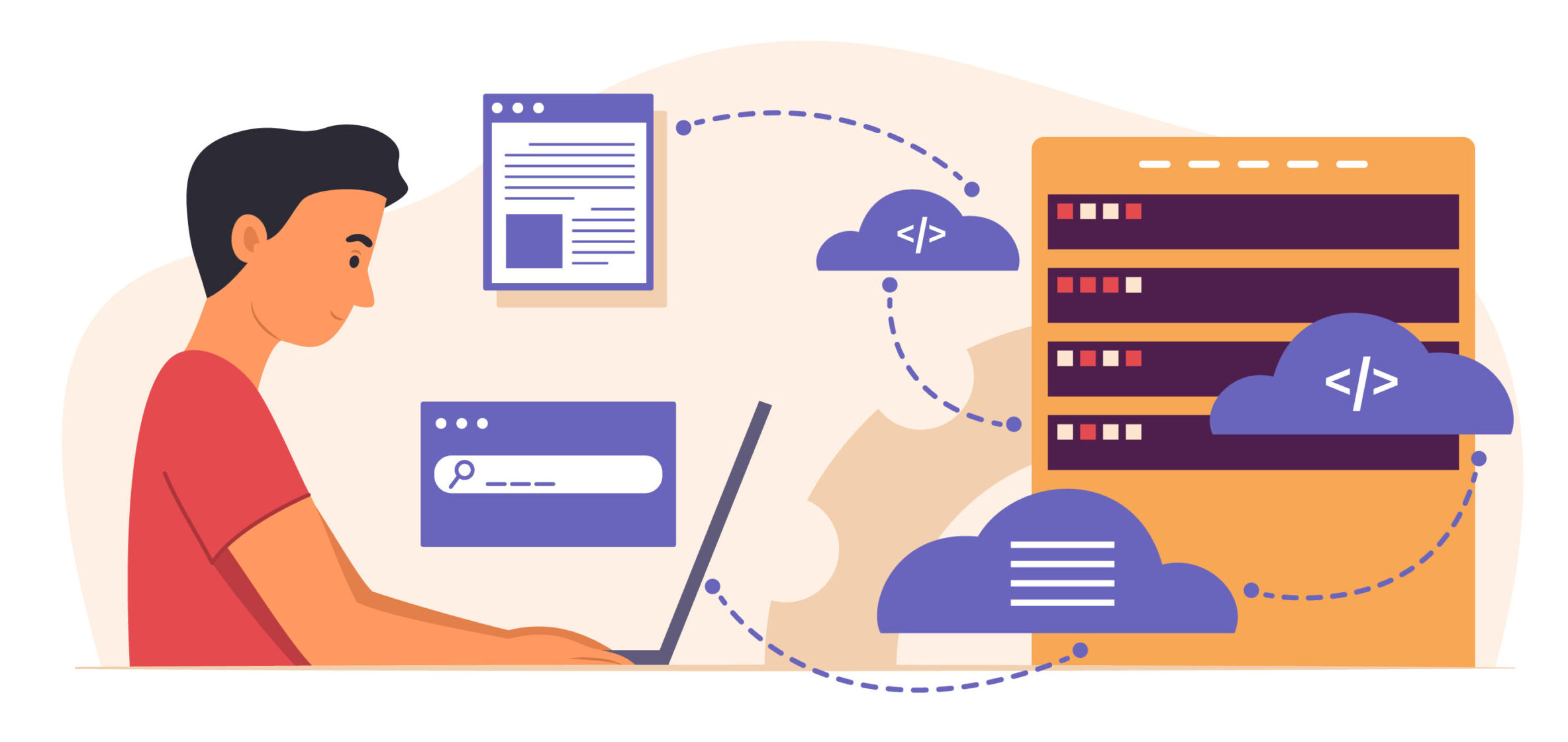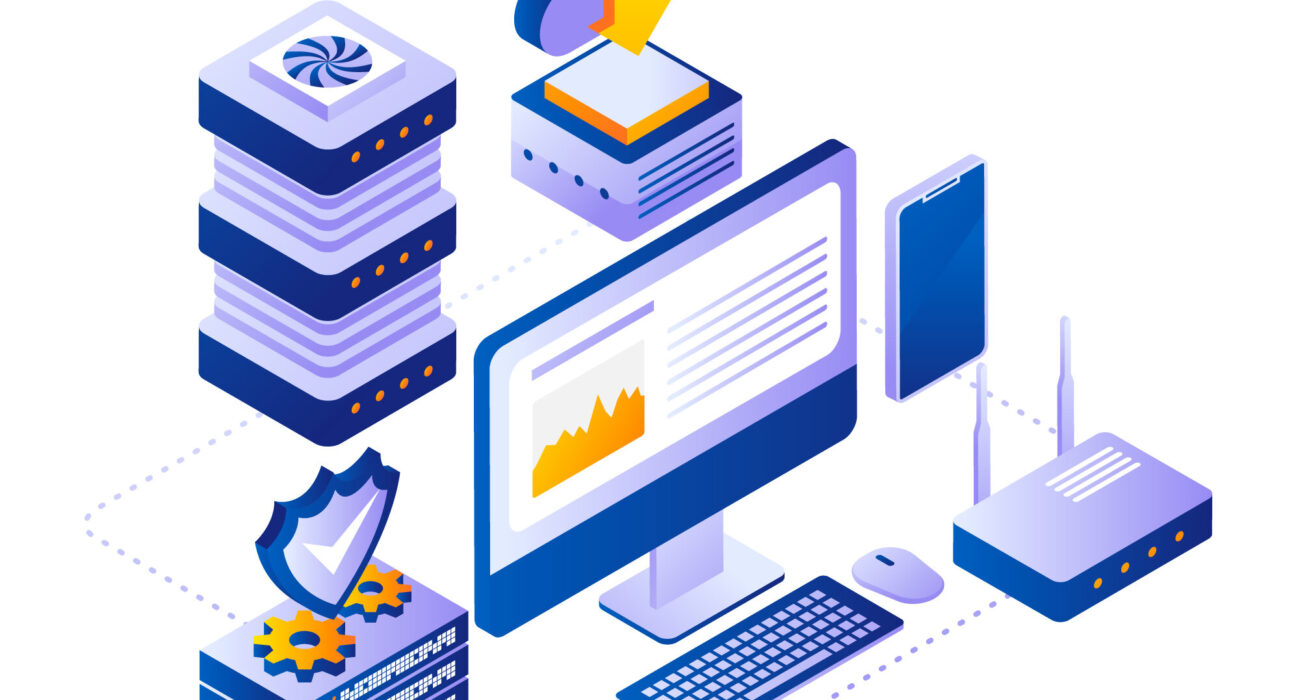In today’s rapidly evolving business landscape, the decision regarding software deployment models has never been more crucial. Three prominent options that often demand attention from business decision-makers are Software as a Service (SaaS), On-Premise Solutions & Hybrid SaaS. Each of these approaches boasts its unique pros & cons. In this comprehensive blog post, we aim to expose these three deployment models, equipping you with the knowledge required to make a well-informed choice that harmonizes with your organization’s strategic objectives.

Understanding On-SaaS, On-Premise & Hybrid SaaS Solutions:
On-SaaS (Software as a Service)
On-SaaS or Software as a Service, epitomizes a cloud-native software distribution paradigm where applications are hosted & managed by third-party solution providers, extending seamless internet-driven access. Here’s a simple explanation:
Pros:
- Cost Savings: On-SaaS mitigates the necessity for on-premise hardware, by bringing in upfront cost savings & capitalizing on economies of scale.
- Accessibility: On-SaaS applications are accessible from anywhere, ensuring operational continuity for a remote & dispersed workforce.
- Scalability: On-SaaS Solutions can effortlessly scale to meet burgeoning workloads & expanding businesses.
- Auto Updates: Solution providers shoulder responsibility for software updates & maintenance, ensuring your system remains updated with the latest version & secure.
Cons:
- Lack of Data Control: On-SaaS users hand over a degree of control over their data, as it resides off-site.
- Security Concerns: Vendors sign Non-Disclosure Agreements (NDAs) & hold ISO certifications for data security, but concerns may remain in industries with strict compliance requirements.
- Customization: On-SaaS Solution come with challenges. The control are respective companies. No ownership of the core code so customization is minimal.
Conclusion:
On-SaaS Solutions is an excellent choice for startups, SMEs & SMBs. The cost-effectiveness & low risk associated with these solutions continue to attract businesses of all sizes. In an ever-evolving digital landscape, the convenience & scalability offered by on-SaaS solutions make them a compelling option for businesses looking to streamline their operations, enhance productivity & adapt to changing market demands. As technology continues to advance, the adoption of on-SaaS is likely to persist & evolve, making it an integral part of modern business strategies. While on-SaaS solutions offer lower initial costs than on-premise alternatives, they require ongoing recurring payments. Careful consideration of long-term objectives & budget constraints is essential when choosing between these options.
On-Premise
On-Premise Solution encompass the installation & management of software on an organization’s in-house servers or data centres. Here’s the lowdown:
Pros:
- Control: The on-premise solution bestows meticulous control over data management, security settings & resource allocation.
- Data Security: Organizations can rigorously manage & safeguard data, a crucial asset in compliance-heavy industries.
- Customization: These solution offer extensive customization options, catering to businesses with unique operational demands.
- Data Ownership: On-premise grants full control & ownership of data.
- Integration Flexibility: Managing an on-premise environment necessitates meticulous planning & seamless integration.
Cons:
- High Upfront Costs: Adopting on-premise solutions entails a substantial initial capital outlay, covering hardware, licenses & IT infrastructure.
- Limited Remote Accessibility: The on-premise approach may pose challenges for remote access & flexibility. The responsibility of the company is to ensure the system & server are up & running 24/7 for smooth functioning or accessibility anywhere-anytime.
- Data Backup & Security: Organizations must bear responsibility for data backups & safeguard against any kind of attack, necessitating the use of expensive security measures such as firewalls & antivirus solutions.
Conclusion:
On-premise solutions are ideal for established businesses with long-term plans, significant budgets & a need for complete data control & customization. Moreover, if they are planning to invest in their IT for the long term, then on-premise would be the best option because they will have to pay a one-time licence amount which will be followed by an AMC.
Hybrid SaaS
Hybrid SaaS marries elements of both On-SaaS & On-Premise, offering cloud-hosted components while retaining on-site control. Here’s the rundown:
Pros:
- Control: Using hybrid SaaS software provides meticulous control over data management, security settings & resource allocation.
- Data Security: Organizations can rigorously manage & safeguard data, a crucial asset in compliance-heavy industries.
- Customization: Businesses that have unique operational requirements can take advantage of these solutions, which offer extensive customization.
- Data Ownership: Hybrid SaaS grants full control & ownership of data.
- Integration Flexibility: An integrated hybrid SaaS environment requires meticulous planning and seamless integration.
Cons:
- Complex Decision-Making: Balancing between on-premise & cloud components can be challenging.
- Cost Considerations: Costs can escalate when managing both on-premise & cloud infrastructure. If you are paying recurring costs for the solution in the long term it will be an expensive option.
- Data Backup & Security: Organizations must manage data security across both on-premise & cloud components.
Conclusion:
Utilizing hybrid SaaS software grants meticulous control over data management, security settings, and resource allocation. This makes it an excellent choice for businesses looking to maintain data control while enjoying the flexibility of subscription-based payments. In the context of short-term applications, a hybrid plan remains the most appropriate option due to the need for subscription payments.

In a world where access & availability are paramount, all three deployment models – On-SaaS, On-Premise & Hybrid SaaS, offer unique advantages & disadvantages. Your choice should align with the specifics of your industry & the size of your organization. The cost difference between on-premise & on-SaaS is nearly 30 to 36 months. Additionally, consider budgetary constraints, the longevity of your software solution & the extent of customization required. Make your selection wisely, as it will define your organization’s digital landscape for years to come. Choosing Spine Technologies is a wise decision, as they offer all three deployments, ensuring your organization’s digital success.


1 Comment